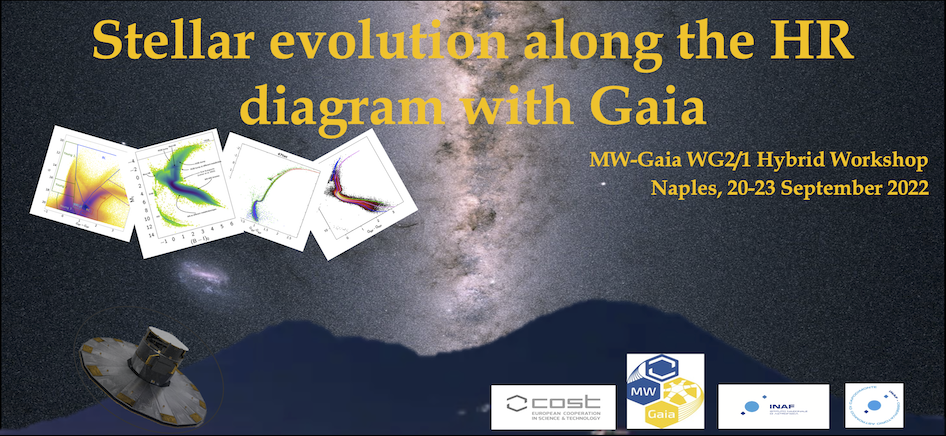Speaker
Description
Thanks to the well known Period-Luminosity relation, Ultra Long Period (ULP) Cepheids, characterized by periods longer than about 80 days, are among the brightest primary indicators to calibrate the cosmic distance ladder, currently at the center of the debate on the Hubble constant tension. In principle, with the advent of next generation facilities, these bright pulsating variables will be observable up to cosmological distances (larger than 100 Mpc) allowing us to measure the Hubble constant without the need for secondary distance indicators. This occurrence would significantly reduce the error budget in the final Hubble constant value. In spite of this challenging property, the ULPs are not completely understood from the theoretical point of view. On one side, they have been hypothesised to be the extension of Classical cepheids at longer periods and higher masses, on the other side current stellar evolution and pulsation models do not predict such long periods in the corresponding color-magnitude diagrams, in particular in the lowest metal regime,
Unfortunately the number of known ULPs is small, 72 objects, with a photometry that is not always homogeneous and often without the possibility of having accurate light curves for a reliable comparison with evolutionary and pulsation models. In this context, Thanks to Gaia DR3 we have the opportunity to have homogeneous photometry and a number of well sampled light curves for 14 already known ULPs in the various galaxies, namely SMC, LMC, M31 and M33. These data are compared with updated evolutionary tracks in the Color-Magnitude diagram to provide constraints on the evolutionary properties. Moreover, the model fitting of observed multi-filter light curves, based on ad hoc computed pulsation models provide independent information on the intrinsic stellar parameters.

